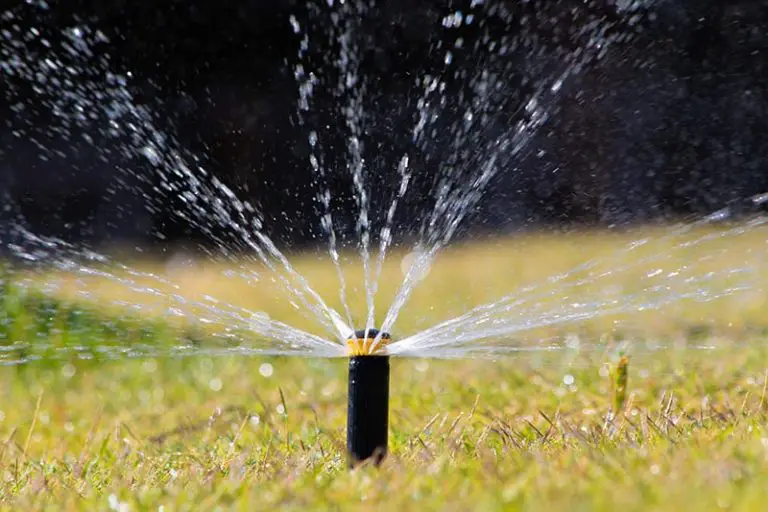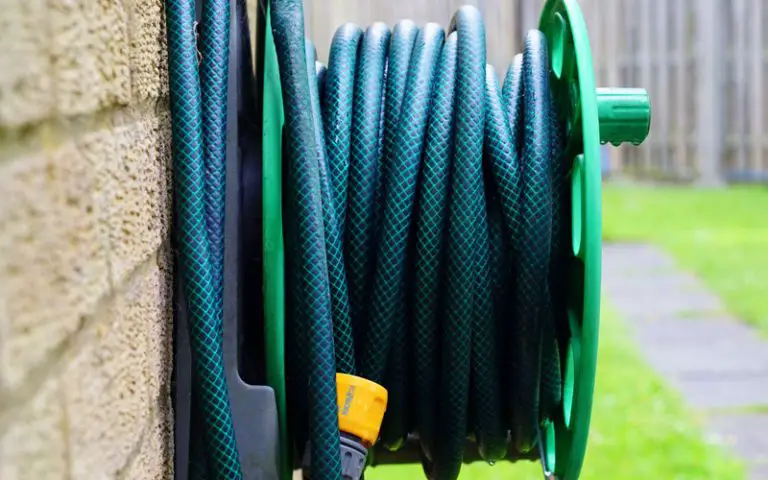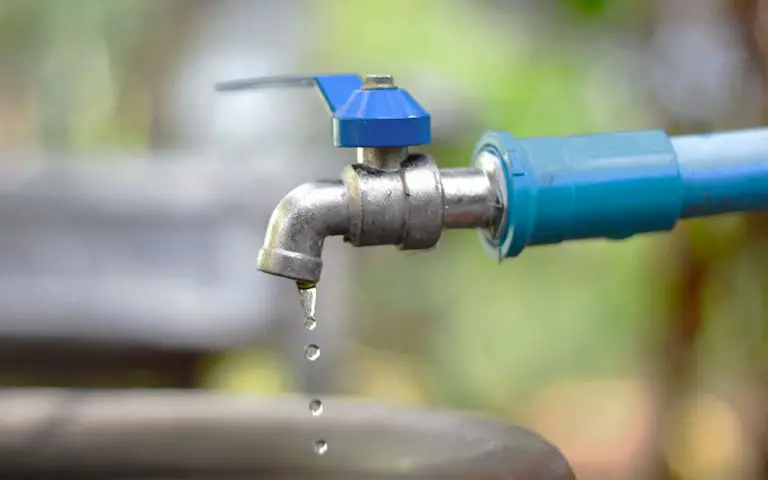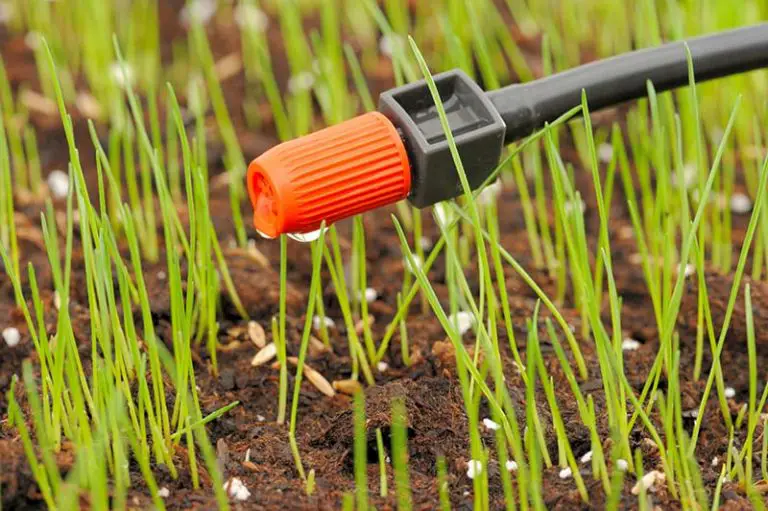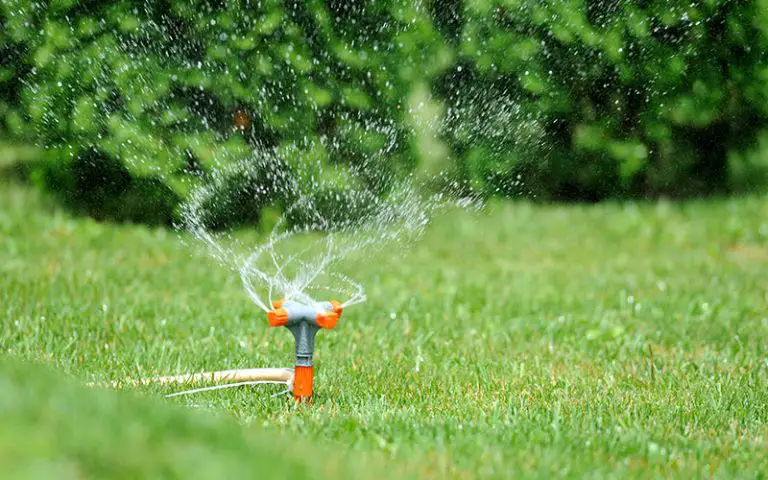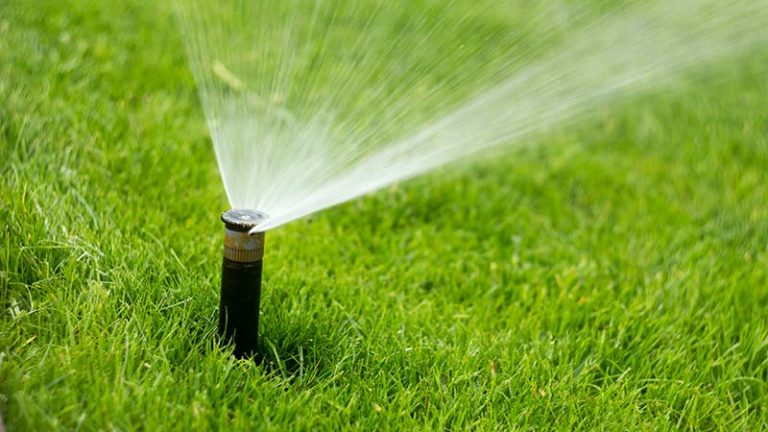When Do Sprinkler Pipes Freeze?
Sprinkler pipes, whilst durable, will come into some issues when the weather begins to get colder and frosty days set in. Frozen pipes come with their own set of risks, and any damage caused by ice can be easily avoided.
Sprinkler pipes are likely to begin to freeze at 32 degrees fahrenheit, which is the freezing temperature for water. It’s important to monitor the weather around fall time to be prepared for when the first cold snap will take place.
Risks of Frozen Sprinkler Pipes
As water freezes, it expands. This is why frozen sprinkler pipes are one of the worst parts of the sprinkler system to freeze over, as they’re likely to break if the water inside freezes and has no space to expand. Draining as much water as possible from the sprinkler system before the freezing weather sets in will make it unlikely that there will be enough left over to cause any permanent damage to your sprinkler pipes.
Risks of Frozen Sprinkler Heads
If water gets trapped inside a sprinkler head and freezes, it runs a risk of damaging it by either loosening the top of it or cracking the sides. In the case of a damaged sprinkler head, the solution would be to buy a full replacement. During the winter, sprinkler heads are best kept capped in order to protect them.
Preventing Frozen Sprinkler Pipes
Frozen sprinkler pipes are easily avoidable if proper preventative measures are taken beforehand.
Keep An Eye On the Weather
Knowing that the weather is about to dip is a good indication that you should begin winterizing your sprinkler system. Before the first cold snap, ensure that all your sprinkler system is drained and that the pipes are blown dry using an air compressor. Ensuring that your sprinkler system is dried of any water before it has the chance of freezing over is necessary in the long run.
Insulate Above Ground Components
Above ground components such as connecting pipes, control boxes and faucets should be insulated to ensure minimal damage occurs during winter months. In fact, you can invest in frost free faucets which will insulate even more against cold weather.
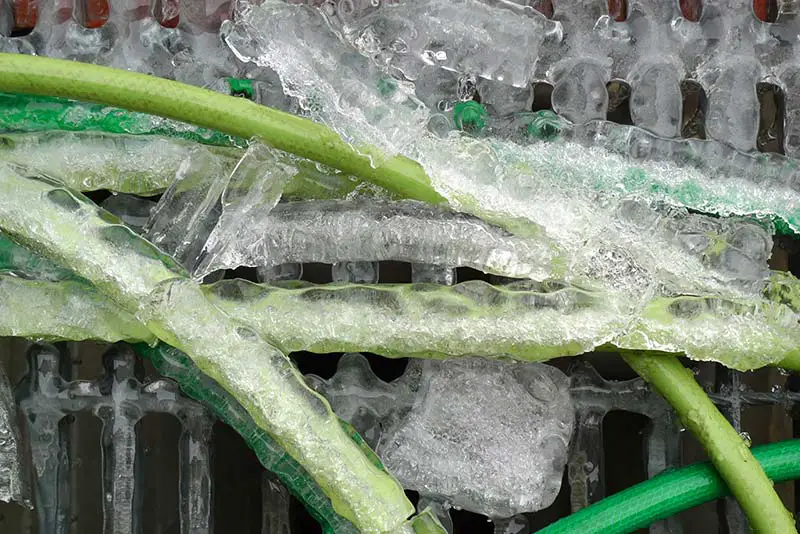
Shut the Water Supply Off
Turning the water supply to the sprinkler system off at the first available opportunity makes the winterization process easier.
To shut the supply off, the irrigation system will have a valve located near the main water meter and is tagged with an orange and green label.
Switch Off the Booster Plug
The booster plug, if you have one, should also be switched off in preparation for the winter months. They’re usually left on the floor, so are hard to miss. Simply unplug your booster pump to ensure that it won’t interfere during the cold months.
Run The System
Running the system will relieve any pressure that may be built up inside the irrigation system. Running the system should be done when the water supply is switched off, to ensure that no water will be added back into the system. You only need to turn one or two sprinkler heads on to run the system successfully, and the system only needs to stay on for a couple of minutes for it to be effective.
For a more in-depth look at winterization, check out How to Winterize a Sprinkler System.
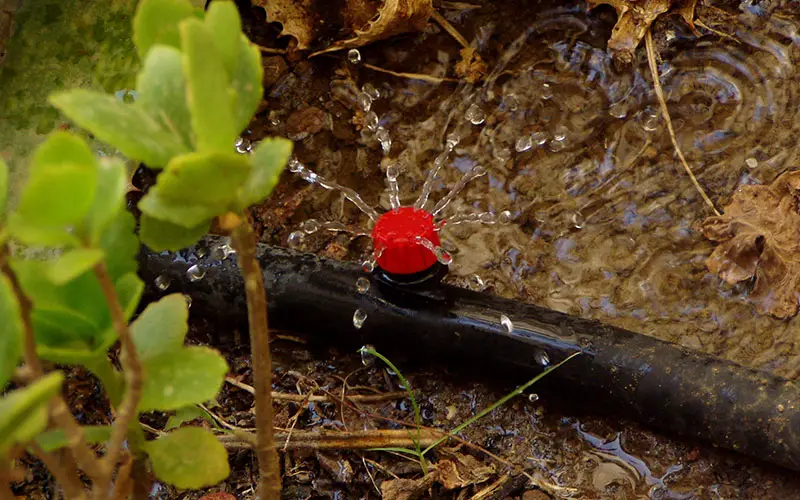
What Should I Do if My Sprinkler Pipes Freeze?
Your sprinkler pipes freezing unexpectedly is certainly a scenario that can happen, especially if there is an early and unexpected cold snap. If this does occur, try not to panic. Your system isn’t likely to be destroyed in the space of a day. Instead, attempt to remove whatever water you can from the system to prepare it for winterization.
One of the worst things you can do in this case is to try and keep water flow moving through the pipes by keeping the system on. If you’ve experienced a sudden cold snap and are worried of any freezing inside the irrigation system, switch the water supply off as soon as possible and try to run the system without water, as you would do if you were preparing for a cold snap as normal. This will hopefully begin to flush some of the excess water out, and relieve pressure for if the ice is going to expand inside the pipes.

